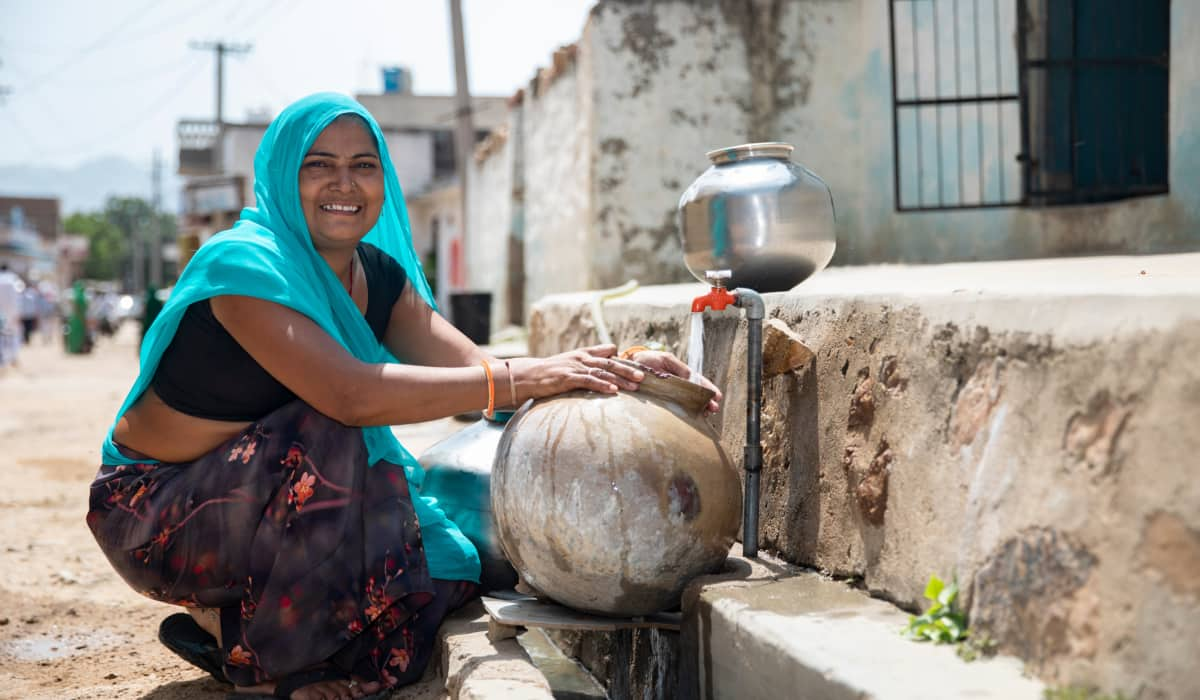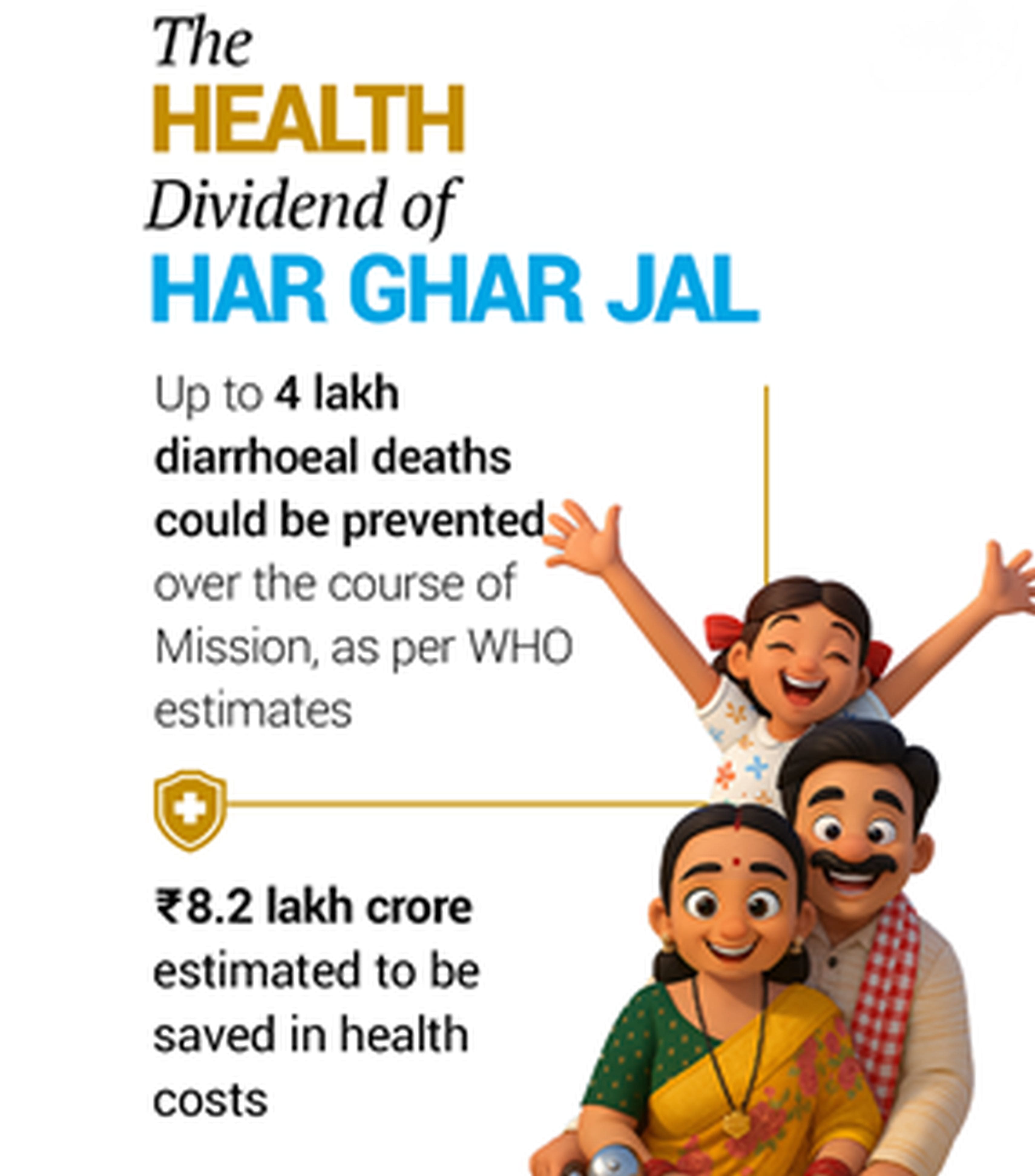It’s only been a month since Narendra Modi was sworn in as the 15th Prime Minister of India and the buzzword in the corridors of power has shifted from Acts to Action & from committees to commitment. Ministers are more motivated than ever, committed to deliver as a team with an inspiring captain at the helm of affairs.
The Prime Minister’s first month in office is proof that he means business and is firmly in control of the state of affairs. Importantly Narendra Modi has made efforts to drive a change in the system to get rid of the inertia.
Ethos of efficiency

A firm believer & practitioner of ‘Minimum Government, Maximum Governance’ Prime Minister Narendra Modi made a unique start by transforming entity of assembled ministries to Organic Ministries to bring more coordination between different departments, will be more effective and bring a speed in process. Narendra Modi eventually aims at Smart Governance through integration & innovation.
The Prime Minister is himself up with first rays of the sun & works till the wee hours in the night. This infectious vibrancy & positivity has spread to the different layers of the Government & officials are putting in their best. The urgency to clear files is palpable.
On the Black Money Trail

The very next day after being sworn in, Narendra Modi’s government announced the formation of a Special Investigation Team (SIT) to bring back black money stashed abroad. The decision was taken in the first meeting of the Union Cabinet chaired by Prime Minister Modi. The Reserve Bank of India has since asked banks to share necessary information with the SIT.
This is in a stark contrast to the past where the Government dragged its feet in taking any concrete step to bring back black money back. This also elicits the priority the Narendra Modi led NDA Government gives to recovering black money.
Paradigm Shift in Governance

Prime Minister Narendra Modi, in his second Cabinet meeting unveiled a 10-point framework for good governance, assigning importance to the need to empower the bureaucracy to work without the fear. As soon as he took office he made it clear that his mantra for the Centre will be delivery and implementation.
In a first, the Prime Minister also met the secretaries of all government departments personally to outline the agenda of governance, get ideas & suggestions from them & make them partners in the journey of development.
The below tweet is an example of how productive this meeting was:
1st time in my career free, frank & fearless interaction with d PM of d country. Highly motivating! Gr8 flow of ideas! — Amitabh Kant (@amitabhk87) June 4, 2014Strengthening Team India

In a marked departure from the norm of not giving due importance to the state governments, the present government puts special focus on co-operative federalism. The PM’s stress, from day one, has been to take the states along with the Centre to strengthen the federal structure. The PM various chief ministers across party lines and assured full co-operation for the development of various states. Some Tweets from the state leaders who met him:
Called on @PMOIndia this evening. Discussed the situation in the state inc tourism, the economy, electricity & employment avenues. 1/2 — Omar Abdullah (@abdullah_omar) June 20, 2014
Briefed @narendramodi about the security situation & the assessment for the next few months inc the prep's for Amarnath Ji yatra. @PMOIndia — Omar Abdullah (@abdullah_omar) June 20, 2014
It was good to hear PM @narendramodi say India can only develop if its states develop, & that he'll cooperate pic.twitter.com/5S0Lf9eBda — Baijayant Jay Panda (@PandaJay) June 2, 2014
Discussed on centre's support for seemandhra's development. Got a positive nod from @pmoindia & @narendramodi. — N Chandrababu Naidu (@ncbn) May 30, 2014
Proactive Decision Making
A remarkable aspect of the NDA Government has been their proactive decision making which helps thwart a crisis like situation & also avoids knee jerk responses. Amidst fears of a weak monsoon, the Government has been quick to review the situation and plan holistically for agriculture and rural economy.
This trait of proactive governance was visible also to counter inflation. The Government was in action immediately when the prices of some commodities were beginning to increase. The Government swung into action swiftly with monitoring of prices of commodities & a minimum export price was imposed soon and a host of other steps were taken. The Centre also advised state governments to delist fruits and vegetables from the Agriculture Produce Marketing Committee Act, which will allow the farmers to sell their produce directly to consumers, without the perishables being routed through mandis or middlemen.
Abolishing Redundant Structures
Narendra Modi has taken a bold step by empowering the ministers & removing Empowered Group of Ministers (EGoMs) and Group of Ministers (GoMs). This step would go a long way to expedite decision-making and usher in greater accountability in the system. This is also in tune with his mantra Minimum Government and Maximum Governance.”
In the first 30 days as the NDA government led by Narendra Modi has made moves to end corruption, ensured the Centre works efficiently and delivers on its targets, abolished redundant structures & taken on inflation. If he could get the country up and running in a month, then we can rest assured that he would completely change the face of the nation in the next 60 months.
And with things moving at this pace, the growth and development is not a distant dream, but only a matter of time!

























